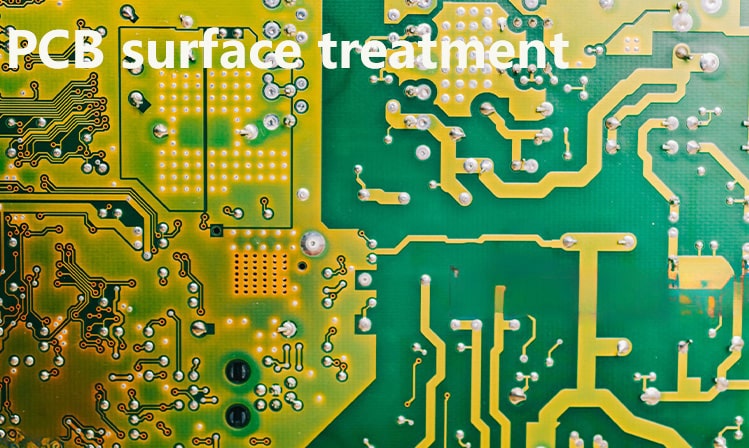Surface treatment methods of PCB boards and their applicable scenarios
Printed circuit boards (PCBs) are one of the core components of electronic devices, and their surface treatment methods have a crucial impact on their performance and reliability.
The following are some common PCB surface treatment processes and their applicable scenarios:
1. Lead-Free HASL:
Applicable scenarios: Lead-Free HASL is an environmentally friendly surface treatment method suitable for most general applications. It provides good soldering performance and is suitable for soldering through-hole components.
2. Electroless Nickel Immersion Gold (ENIG):
Applicable scenarios: Electroless Nickel Immersion Gold is commonly used in high-reliability, high-performance, and high-frequency applications such as communication equipment, aerospace, and medical equipment. It provides a smooth, corrosion-resistant surface that helps improve soldering performance.

3. Electroplated Tin:
Applicable scenarios: Electroplated Tin is an affordable surface treatment method suitable for general applications, especially consumer electronics. It provides good soldering performance, but is relatively less corrosion-resistant than other treatments.
4. Hot Air Solder Leveling (HASL):
Applicable scenarios: HASL is a common surface treatment method suitable for general applications and has a low cost. However, it may not be suitable for small-sized components because it may leave an uneven surface on small-sized components.
5. Electroplated Gold:
Applicable scenarios: Electroplated Gold is to plate a layer of nickel on the surface of the PCB and then deposit a layer of gold on the nickel layer. Electroplated Gold is a precious metal surface treatment method suitable for applications requiring high reliability and high performance, such as high-end consumer electronics, communication equipment, and aerospace products. Electroplated Gold provides high conductivity and excellent corrosion resistance.
6. OSP (Organic Solderability Preservatives):
Organic Solderability Preservative (OSP) is to coat a layer of organic compounds on the copper surface to prevent copper oxidation. It is suitable for applications with high environmental requirements and simpler soldering processes, such as consumer electronics and computer peripherals.
7. Metallized Carbon (ENEPIG, Electroless Nickel Electroless Palladium Immersion Gold):
Applicable scenarios: ENEPIG is a high-performance surface treatment method suitable for high-density, high-frequency and high-reliability applications, such as advanced electronic equipment and communication equipment.
Different PCB surface treatment methods have their own advantages and disadvantages. Choosing the right surface treatment method needs to be weighed according to the requirements of the specific application scenario. HASL is suitable for cost-sensitive applications, immersion gold is suitable for high-reliability products, immersion silver and immersion tin provide a good balance between cost and performance, and OSP provides options for environmentally friendly applications. Understanding the characteristics and applicable scenarios of these treatment methods will help make the best choice in the design and manufacturing process.
If you want to know more, you can follow Lingzhuo PCBAMake. If you need to know more about PCB proofing, SMT patch, and PCBA processing, please feel free to contact online.







